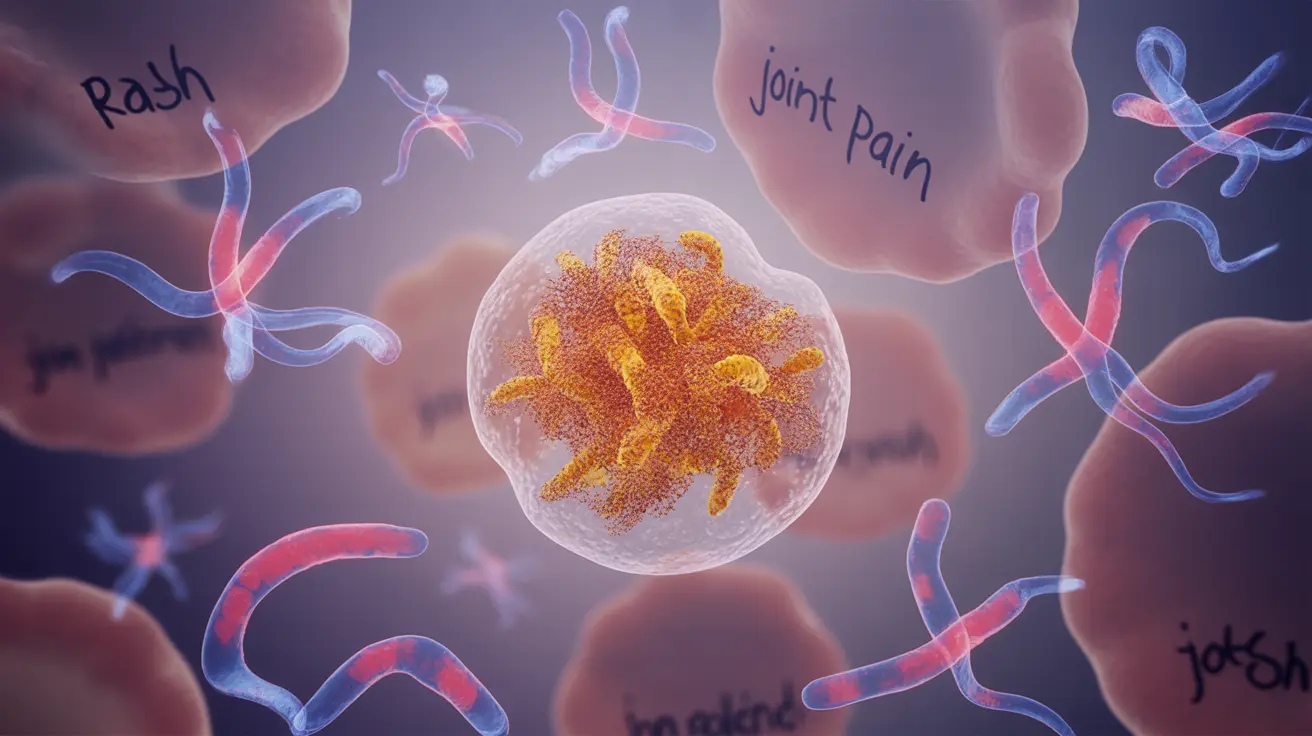Bee sting serum sickness is a delayed allergic reaction that can occur days after a bee sting, presenting unique challenges for both patients and healthcare providers. Unlike immediate allergic reactions, this condition involves a complex immune response that requires specific recognition and treatment approaches.
Understanding the distinct characteristics of serum sickness from bee stings is crucial for proper medical care and preventing complications. This comprehensive guide explores the symptoms, treatment options, and prevention strategies for managing this concerning condition.
Understanding Bee Sting Serum Sickness
Serum sickness from bee stings occurs when the immune system responds abnormally to proteins in bee venom, typically developing 7-14 days after the initial sting. This delayed reaction differs significantly from immediate allergic responses and requires specific medical attention.
Key Symptoms and Identification
The symptoms of serum sickness from bee stings are distinctive and typically include:
- Fever
- Widespread rash or hives
- Joint pain and swelling
- Enlarged lymph nodes
- Generalized muscle aches
- Fatigue and malaise
These symptoms can persist for several days to weeks if left untreated, making early recognition and proper medical intervention essential.
Treatment Approaches
Medical Interventions
Healthcare providers typically manage bee sting serum sickness through a combination of medications:
- Antihistamines to reduce allergic symptoms
- Corticosteroids to decrease inflammation
- NSAIDs for pain and fever relief
- In severe cases, immunosuppressive medications
Supportive Care
Additional supportive measures can help manage symptoms:
- Rest and limited physical activity
- Adequate hydration
- Cool compresses for joint pain
- Regular monitoring of symptoms
Prevention and Long-term Management
Preventing future episodes of serum sickness involves several key strategies:
- Avoiding bee stings through protective clothing
- Carrying emergency medication if prescribed
- Following up with an allergist for evaluation
- Considering venom immunotherapy when recommended
Emergency Warning Signs
Certain symptoms require immediate medical attention:
- Difficulty breathing
- Severe chest pain
- Significant swelling of the face or throat
- Signs of shock or severe allergic reaction
- Persistent high fever
Frequently Asked Questions
What are the symptoms of bee sting serum sickness and how do they differ from a regular allergic reaction? Bee sting serum sickness symptoms include fever, joint pain, rash, and enlarged lymph nodes, appearing days after the sting. Unlike immediate allergic reactions that occur within minutes to hours, serum sickness is a delayed response that develops several days later.
How long does it take for bee sting serum sickness symptoms to appear after a sting, and how long do they usually last? Symptoms typically appear 7-14 days after the bee sting and can last for 1-3 weeks if untreated. With proper treatment, symptoms usually improve within a few days to a week.
What medications are used to treat bee sting serum sickness, and are there any home remedies that can help? Treatment typically includes antihistamines, corticosteroids, and NSAIDs prescribed by healthcare providers. Home remedies like rest, cool compresses, and staying hydrated can help manage symptoms but shouldn't replace medical treatment.
When should someone with bee sting serum sickness seek emergency medical attention? Seek immediate medical care if experiencing difficulty breathing, severe chest pain, significant facial or throat swelling, signs of shock, or persistent high fever.
Is there a way to prevent bee sting serum sickness, and is venom immunotherapy (allergy shots) recommended after a reaction? Prevention focuses on avoiding bee stings through protective measures. Venom immunotherapy may be recommended by an allergist after evaluation, particularly for individuals who have experienced severe reactions.




